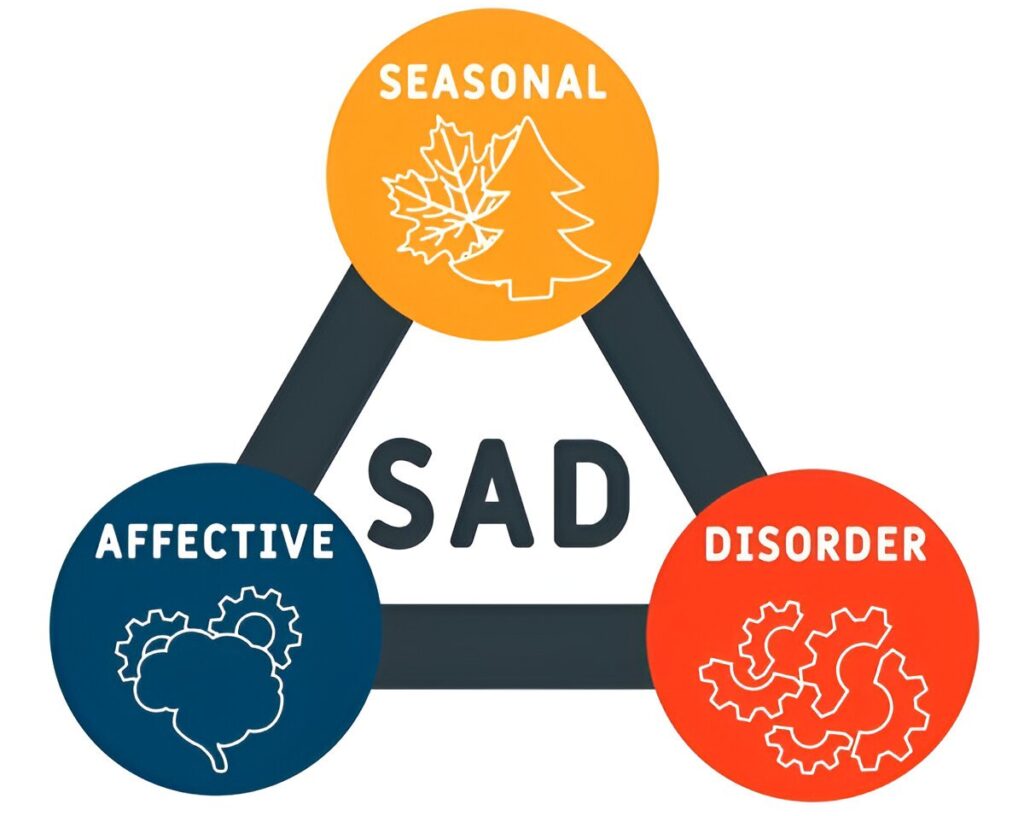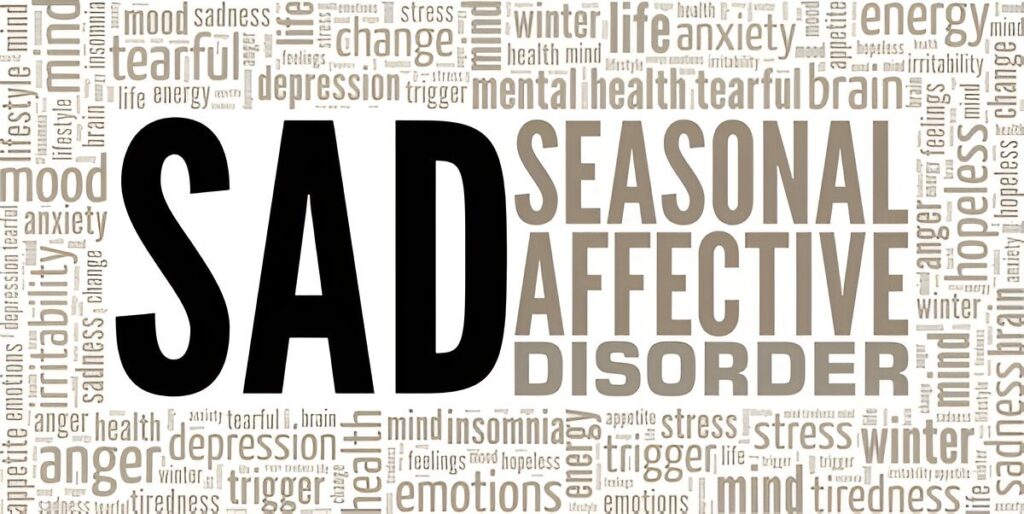During the seasonal changes especially in autumn and winter, many people experience difficulties to feel fresh when they wake up. This is caused by the days growing shorter and the nights longer. The problem doesn’t end in being groggy, the darker mornings brought by the seasonal shift cause deeper emotional changes.
Seasonal Affective Disorder (SAD) is a form of depression that relates to changing seasons. Blame it on the reduced exposure to sunlight during fall and winter. So, why does this happen and how does stress management play a crucial role in combatting the same?
Understanding Seasonal Affective Disorder (SAD)

Seasonal Affective Disorder usually appears during the colder months. It gradually fades out when spring arrives. SAD is a kind of depression that can impact daily life. The emotional changes leave individuals feeling isolated, drained, and unmotivated.
Going deeper, the symptoms are created through biochemical imbalances caused in the brain. These imbalances are further caused by shorter daylight hours. The disruption is caused by circadian rhythms and the production of serotonin and melatonin is reduced. These hormones are responsible for regulating sleep and mood patterns.
Risk Factors and Symptoms of SAD

SAD symptoms often overlap with other types of depression. It’s unique and can be identified during the seasonal changes. Common symptoms include:
- Craving for fatty foods
- Sleepiness
- Low energy
- Weight gain
- Social withdrawal
The risk factors increase if there’s any preexisting mental health condition. Quite naturally, the vulnerability to SAD increases significantly.
Stress Management for SAD Diagnosis

People struggling with SAD experience chronic stress. This worsens the symptoms. This is where the importance of stress management comes in. It helps to reduce the feeling of getting overwhelmed which adds to the emotional weight of SAD. The objective is to reduce the distress level through apt stress management techniques. Without these, individuals may develop bipolar disorders and extreme mood swings. The key to alleviating SAD symptoms is to manage stress levels effectively. A reduced stress level brings down mental burden and stabilizes mood fluctuations. Henceforth, switch to these techniques to prevent developing symptoms during the changing season:
- Meditating
- Exercising
- Relaxing
- Mindfulness
People struggling with SAD, should make some time in the morning and follow these techniques.
A Detailed Overview of Stress Management Techniques

Stress management techniques are designed to enhance how we respond during anxious moments. Following these techniques will help to shape emotions when folks encounter changes or challenges.
Physical Techniques
- Set yourself active: Work out with friends or simply walk outside to boost your mood. It is a way to enhance your mindfulness.
- Healthy diet: Switch to meaningful eating packed with fruits and veggies. Cut back on caffeine, sugar and fatty foods.
- Sleep habits: Throw your mobiles and tabs away while going to bed. Electronic devices are no good before going to bed. Instead, turn to books to get a better sleep.
- Avoid substances: Say no to alcohol and quit smoking. Substance abuse is a major cause of declining mental health.
Relaxation Techniques
- Love to laugh: Laughing is known for reducing stress hormones in our body. It also improves our mood.
- Stay calm: Meditative minds are good when it comes to healing depression and stress. Turn to breathing exercises to calm your mind. It also helps in lowering our heart rate.
Cognitive Techniques
- Gift yourself some “me” time: Try doing things that make you happy. Engage yourself in musical evenings or spend quality time with your loved ones.
- Maintain a notebook: Make note of your day’s accomplishments. Capture positive events that make you grateful.
- Take Control: Manage your time and maintain a seamless to-do list. Prioritise the schedules that suit your busy life. Learn to say no to impractical requests.
- Share how you feel: Connect with a loved one when you get overwhelmed. Whether it’s on the phone or in person, hearing a voice can boost your mood.
- Seek help: Take help from professional counsellors if you still find things hard. They are the experts who can tune your path to harmony through stress management techniques based on your needs.
Wrapping Up
Stress management plays a crucial role in preventing the symptoms of SAD. Incorporating practical techniques like exercising, meditating, mindfulness and healthy eating can reduce the emotional burden. Stress management is one of the best approaches during seasonal changes when it comes to struggling with SAD symptoms.
Enjoy a balanced and fulfilling life switching with the above strategies of stress management!



